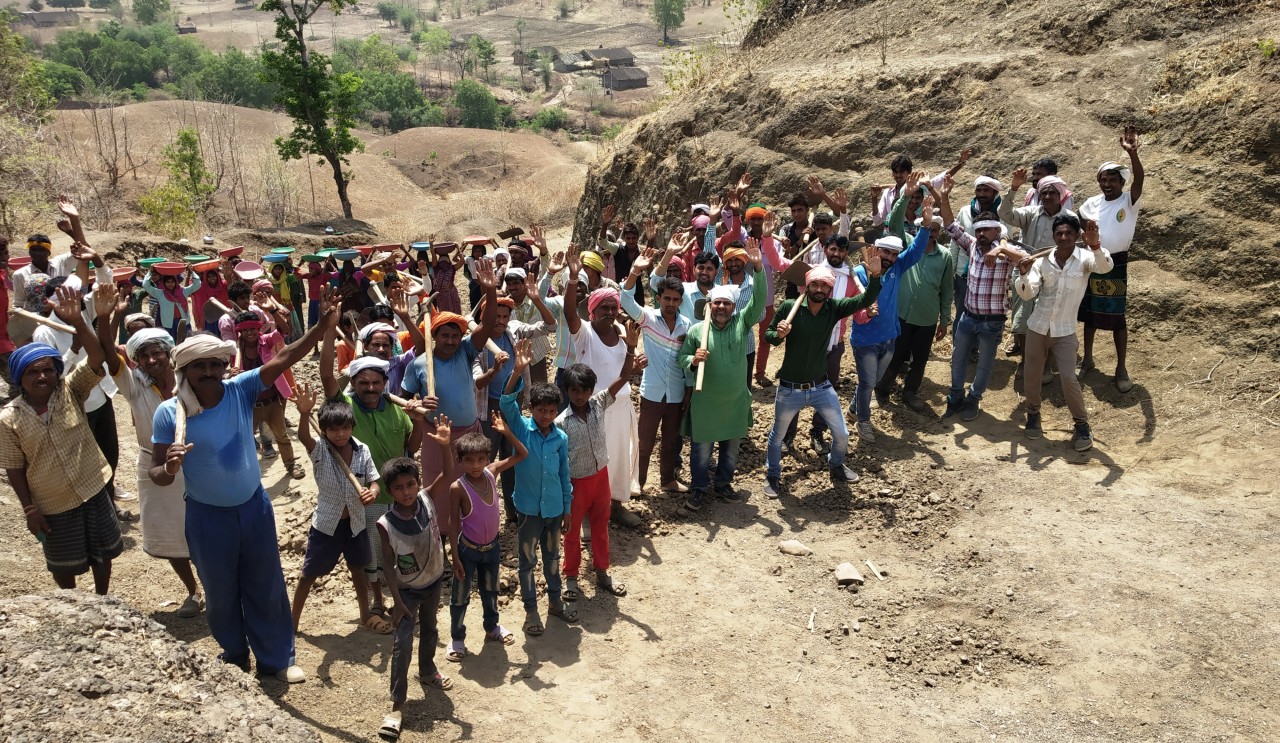Community Contribution in Irrigation
In the 1980's and 1990's percolation tanks were constructed as part of drought relief work and the irrigation department constructed check dams with its own funds, with no involvement of the community. Most NGOs did not get involved in such 'hardware' activities.
AKRSP(I) realized that water harvesting was the key to agriculture in western Gujarat. It focused on communities contributing to check dam site identification, supervision and maintenance costs. The first check dam with community contribution (village Amrapur) and percolation tank (village Sapar) took numerous meetings as there was no precedent. Since these structures were primarily for ground water recharge and not direct irrigation, convincing communities was difficult. Perseverance paid off and it became a norm in all the works of AKRSP(I). Other NGO's learnt lessons and added new elements. This prompted a community friendly approach in the Irrigation department. Pioneering work by other water activists eventually led to a large scale decentralized water harvesting programme in Gujarat- which eventually led to higher agricultural growth rates in water scarce western Gujarat.
